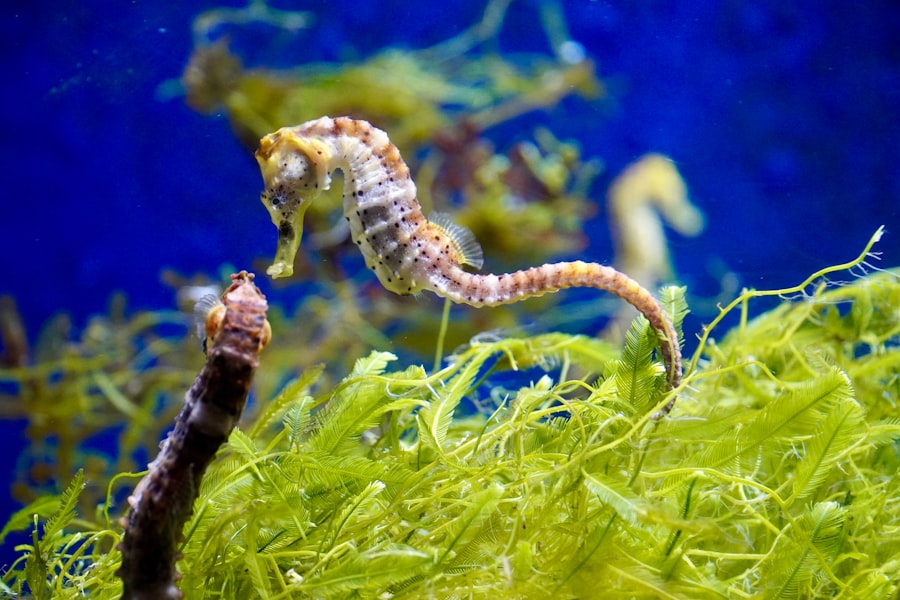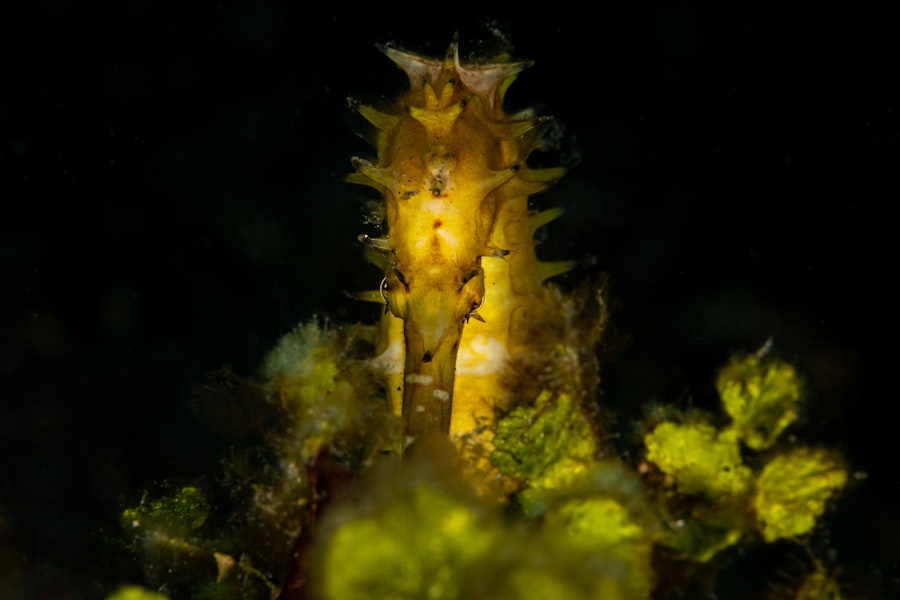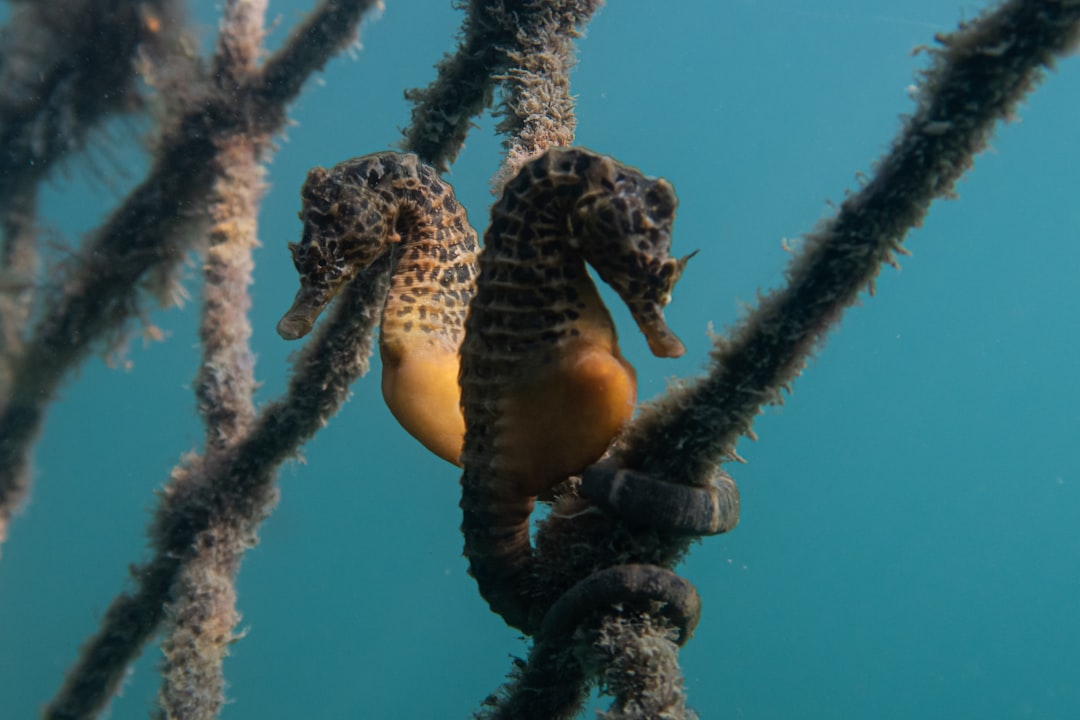The hippocampus is often referred to as the brain’s memory center, and for good reason. Nestled deep within the temporal lobe, this seahorse-shaped structure plays a pivotal role in the formation, organization, and storage of memories. When you think about your past experiences, it is likely that the hippocampus is actively engaged, helping you to recall specific details and contextual information.
This region is particularly crucial for declarative memory, which encompasses facts and events that you can consciously access and articulate. As you navigate through life, the hippocampus helps you to encode new information and integrate it with existing knowledge. This process is essential for learning, as it allows you to build upon what you already know.
The hippocampus also plays a significant role in the consolidation of memories, transforming short-term memories into long-term ones. This transformation is vital for retaining information over time, ensuring that your experiences are not fleeting but rather become a part of your personal narrative.
Key Takeaways
- The hippocampus plays a crucial role in forming and storing memories in the brain.
- The perirhinal cortex is essential for recognizing and remembering objects.
- The hippocampus is responsible for spatial memory, allowing us to navigate and remember locations.
- Damage to the hippocampus can lead to severe memory impairment and difficulty forming new memories.
- Understanding the interaction between the hippocampus and perirhinal cortex is key to developing therapies for memory enhancement and treating neurological disorders.
The Perirhinal Cortex: A Key Player in Recognition Memory
While the hippocampus is often celebrated for its role in memory, the perirhinal cortex is another critical player that deserves attention. Located adjacent to the hippocampus, this region is primarily involved in recognition memory, which is your ability to identify previously encountered objects or stimuli. When you see a familiar face or recognize a song you once loved, it is the perirhinal cortex that helps facilitate that recognition.
The perirhinal cortex processes sensory information and helps you distinguish between familiar and novel stimuli. This ability is essential for navigating your environment and making decisions based on past experiences. For instance, when you enter a room and recognize the furniture or decor, it is the perirhinal cortex that allows you to make those connections.
Its role in memory extends beyond mere recognition; it also contributes to the emotional significance of memories, helping you to associate feelings with specific objects or experiences.
The Role of the Hippocampus in Spatial Memory

Spatial memory is another critical function of the hippocampus, allowing you to navigate through your environment and remember locations.
The hippocampus helps you create cognitive maps of your surroundings, enabling you to visualize routes and landmarks.
When you think about your favorite places—perhaps a park where you spent time as a child or a city you visited on vacation—the hippocampus is at work, recalling the spatial details that make those memories vivid. This spatial awareness is essential for daily functioning, as it allows you to orient yourself in unfamiliar settings and make informed decisions about where to go next. The hippocampus’s involvement in spatial memory highlights its versatility and importance in various aspects of cognition.
The Perirhinal Cortex and Object Recognition Memory
| Study | Findings |
|---|---|
| Bussey et al. (2002) | Perirhinal cortex lesions impair object recognition memory in rats |
| Buffalo et al. (1999) | Perirhinal cortex is critical for object recognition memory in primates |
| Winters et al. (2004) | Perirhinal cortex lesions lead to deficits in object recognition memory in non-human primates |
The perirhinal cortex’s role in object recognition memory cannot be overstated.
When you encounter an object—be it a book, a piece of art, or even a tool—the perirhinal cortex engages in a complex analysis of its features, such as shape, color, and texture.
This detailed processing allows you to form a mental representation of the object that can be recalled later. Moreover, the perirhinal cortex works in tandem with other brain regions to enhance your ability to recognize objects in different contexts. For example, if you see a familiar object in an unfamiliar setting, the perirhinal cortex helps you draw upon your previous experiences with that object to make sense of the situation.
This flexibility in recognition memory is crucial for adapting to new environments and making connections between past and present experiences.
How the Hippocampus and Perirhinal Cortex Work Together in Memory Formation
The interplay between the hippocampus and perirhinal cortex is essential for effective memory formation. While each region has its specialized functions—declarative memory for the hippocampus and recognition memory for the perirhinal cortex—they often collaborate to create a comprehensive memory experience. When you encounter new information or stimuli, both regions engage in processing that information from different angles.
For instance, when you meet someone new at a party, your hippocampus helps encode contextual details about the event—such as where it took place and who else was there—while your perirhinal cortex focuses on recognizing the person’s face and any associated features. This collaborative effort ensures that your memories are rich and multifaceted, allowing you to recall not just who someone is but also the context in which you met them.
The Impact of Damage to the Hippocampus on Memory

Damage to the hippocampus can have profound effects on memory function. Individuals with hippocampal damage often experience difficulties with forming new memories—a condition known as anterograde amnesia. This means that while they may retain memories from before the damage occurred, they struggle to create new ones.
Imagine trying to learn new information or meet new people without being able to remember those interactions; it can be incredibly disorienting and frustrating. In addition to anterograde amnesia, damage to the hippocampus can also affect spatial memory. You may find it challenging to navigate familiar environments or remember how to get from one place to another.
This loss of spatial awareness can lead to feelings of confusion and anxiety, particularly in unfamiliar settings where your cognitive maps are no longer reliable. The impact of hippocampal damage underscores its critical role in both memory formation and navigation.
The Effects of Perirhinal Cortex Damage on Memory
While damage to the hippocampus has well-documented effects on memory, damage to the perirhinal cortex can also lead to significant impairments—particularly in recognition memory. Individuals with perirhinal cortex damage may struggle to recognize familiar objects or faces, leading to difficulties in social interactions and daily life. Imagine walking through a crowded space and failing to recognize friends or family members; this can create feelings of isolation and confusion.
Furthermore, damage to this area can disrupt the ability to form associations between objects and their meanings or emotional significance. You may find it challenging to connect certain items with past experiences or feelings, which can hinder your ability to make informed decisions based on previous encounters. The effects of perirhinal cortex damage highlight its essential role in recognizing and interpreting the world around you.
Neurological Disorders and the Hippocampus-Perirhinal Cortex Connection
Neurological disorders often reveal the intricate relationship between the hippocampus and perirhinal cortex. Conditions such as Alzheimer’s disease and other forms of dementia frequently involve degeneration of these brain regions, leading to profound memory impairments. As these disorders progress, individuals may experience difficulties with both recognition memory and spatial navigation—two areas heavily reliant on these structures.
In Alzheimer’s disease, for example, early symptoms often include forgetfulness and confusion about familiar places or faces. As the disease advances, individuals may struggle with recognizing loved ones or recalling significant life events. Understanding how these neurological disorders affect the hippocampus-perirhinal cortex connection can provide valuable insights into potential therapeutic approaches aimed at preserving memory function.
The Hippocampus and Perirhinal Cortex in Aging and Memory Decline
As you age, changes in brain structure and function can impact memory performance, particularly concerning the hippocampus and perirhinal cortex. Research has shown that age-related decline in these regions may contribute to difficulties with both spatial navigation and recognition memory. You may notice that recalling names or finding your way around familiar places becomes more challenging as time goes on.
However, not all aspects of memory decline are inevitable; engaging in cognitive activities, maintaining social connections, and leading an active lifestyle can help mitigate some of these effects. By understanding how aging impacts these critical brain regions, you can take proactive steps to support your cognitive health as you grow older.
Therapeutic Approaches Targeting the Hippocampus and Perirhinal Cortex for Memory Enhancement
Given the importance of the hippocampus and perirhinal cortex in memory function, researchers are exploring various therapeutic approaches aimed at enhancing memory performance. Cognitive training programs designed to improve recognition memory or spatial navigation skills are gaining traction as potential interventions for individuals experiencing memory decline. Additionally, pharmacological treatments targeting neurotransmitter systems involved in memory formation are being investigated for their potential benefits on hippocampal and perirhinal cortex function.
These approaches hold promise for individuals seeking ways to bolster their cognitive abilities or mitigate age-related memory decline.
Future Directions in Understanding the Hippocampus-Perirhinal Cortex Memory Battle
As research continues to evolve, future studies will likely delve deeper into understanding the complex interactions between the hippocampus and perirhinal cortex in memory formation. Advances in neuroimaging techniques may provide new insights into how these regions communicate during different types of memory tasks. Moreover, exploring individual differences in memory performance related to genetic factors or lifestyle choices could lead to personalized interventions aimed at enhancing cognitive function.
By unraveling the intricacies of this memory battle between two critical brain regions, we can pave the way for innovative strategies that support memory health throughout life. In conclusion, understanding the roles of the hippocampus and perirhinal cortex offers valuable insights into how we form memories and navigate our world. By recognizing their contributions—and potential vulnerabilities—we can better appreciate the complexities of human cognition while exploring avenues for enhancing our memory capabilities.
Recent studies have highlighted the distinct roles of the hippocampus and the perirhinal cortex in memory processing and recognition. For a deeper understanding of these brain regions and their functions, you can explore the article on Freaky Science, which delves into the complexities of memory formation and retrieval. This resource provides valuable insights into how these areas interact and contribute to our cognitive abilities.
WATCH THIS! Déjà Vu Is a GLITCH in the Matrix: Your Brain’s Worst Error Explained
FAQs
What is the hippocampus?
The hippocampus is a part of the brain located in the medial temporal lobe. It plays a crucial role in the formation and retrieval of memories, as well as spatial navigation.
What is the perirhinal cortex?
The perirhinal cortex is also located in the medial temporal lobe and is involved in the processing of sensory information and object recognition. It is closely connected to the hippocampus and plays a role in memory formation.
What are the differences between the hippocampus and perirhinal cortex?
While both the hippocampus and perirhinal cortex are located in the medial temporal lobe and are involved in memory processing, they have different functions. The hippocampus is more involved in spatial navigation and declarative memory, while the perirhinal cortex is more involved in object recognition and the processing of sensory information.
How do the hippocampus and perirhinal cortex work together?
The hippocampus and perirhinal cortex are closely interconnected and work together to process and store memories. The perirhinal cortex provides sensory information about objects, which is then integrated with spatial and contextual information by the hippocampus to form memories.
What happens if there is damage to the hippocampus or perirhinal cortex?
Damage to the hippocampus can result in difficulties forming new memories and spatial navigation, while damage to the perirhinal cortex can result in difficulties recognizing objects and processing sensory information. In some cases, damage to either structure can result in amnesia.
